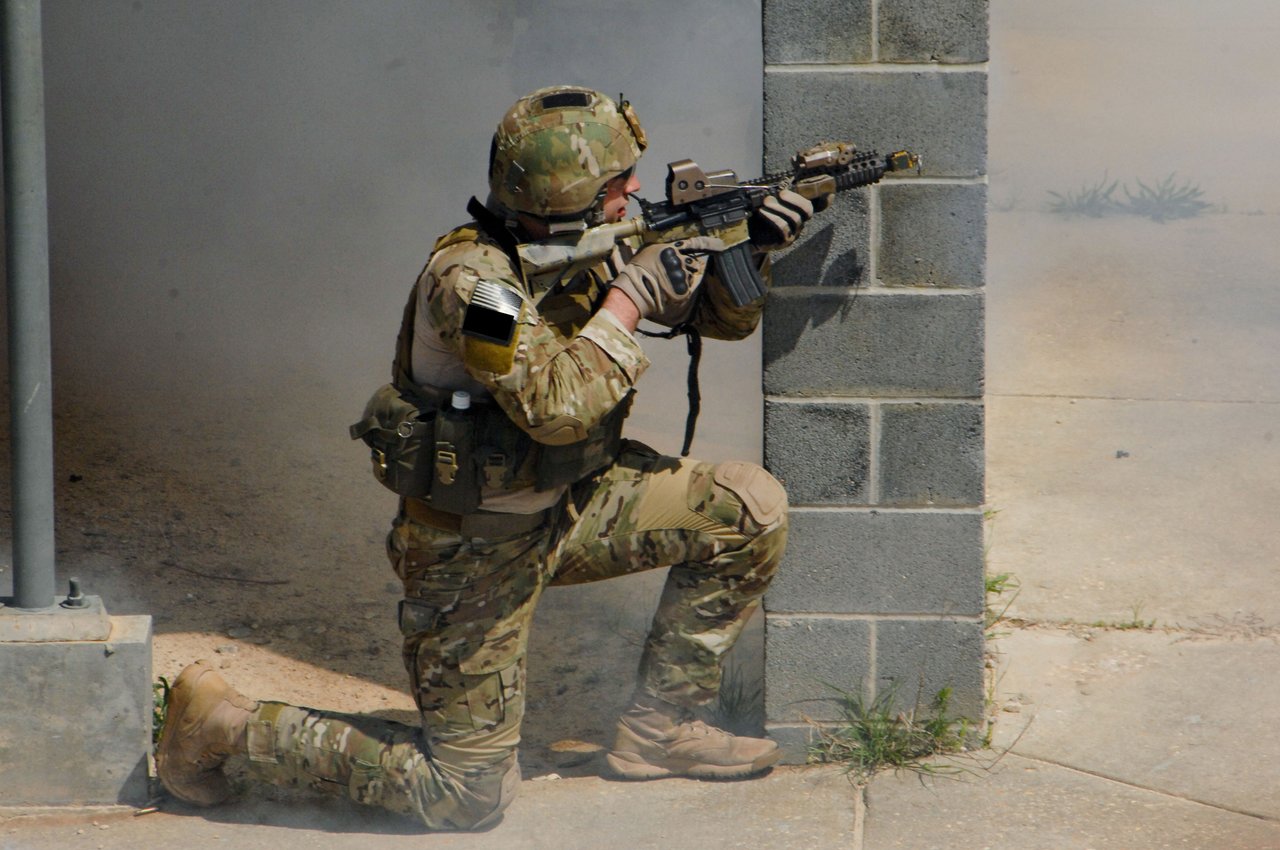LeoGlossary: Soldier
0 comments

A soldier is a member of a military force, typically trained to engage in warfare. Soldiers are part of an organized, armed force that serves a country or a political entity. They may be involved in various roles, including infantry, artillery, cavalry, engineers, medics, and more, depending on their training and specialization.
Soldiers play a crucial role in national defense, security, and maintaining peace. They follow orders from their commanders and undergo rigorous training to develop physical fitness, discipline, and the necessary skills for their assigned roles. Soldiers may be deployed in various situations, including combat zones, peacekeeping missions, disaster relief efforts, and other operations aimed at protecting the interests of their country.
The term "soldier" is often used broadly to refer to members of the army, but in specific contexts, different terms like "sailor" for those in the navy or "airman" for those in the air force are used to distinguish members of other branches of the military.
History
The history of soldiers is intertwined with the history of organized warfare and the evolution of military forces throughout human civilization. The role of soldiers has evolved significantly over time, reflecting changes in technology, tactics, and the nature of conflicts. Here's a broad overview of the history of soldiers:
- Ancient Civilizations:
- In ancient civilizations such as Egypt, Mesopotamia, and Greece, organized armies with distinct roles and hierarchies emerged.
- Soldiers in these early times were often infantry using basic weapons like spears, swords, and shields.
- Roman Empire:
- The Roman Empire is renowned for its highly disciplined and well-organized military.
- Roman soldiers, or legionaries, played a crucial role in the expansion and maintenance of the empire.
- Medieval Period:
- During the medieval period, the structure of armies varied across regions, including feudal systems with knights and foot soldiers.
- Armor and cavalry became more prominent in European warfare.
- Renaissance and Gunpowder Era:
- The development of gunpowder led to significant changes in military tactics and equipment.
- Soldiers began using firearms, and infantry became more critical on the battlefield.
- 18th and 19th Centuries:
- The formation of standing armies became more common, with soldiers serving for extended periods.
- Napoleonic wars and the American Civil War saw the use of massed infantry and artillery.
- World wars:
- The 20th century witnessed two world wars that dramatically changed the nature of warfare.
- Soldiers in World War I faced trench warfare, while World War II saw more mobile and mechanized warfare.
- Post-World War II:
- The post-war period led to the establishment of professional armies and the development of specialized units.
- Soldiers were often involved in conflicts during the Cold War, peacekeeping missions, and regional conflicts.
- Modern Era:
- The 21st century has seen soldiers adapting to new challenges, including counterinsurgency warfare, cyber threats, and asymmetrical conflicts.
- Military technology continues to advance, with a focus on precision weapons, communication systems, and modern equipment.
Throughout history, soldiers have been an integral part of societies and have played crucial roles in shaping the course of events. The evolution of military forces reflects changes in technology, social structures, and the geopolitical landscape. Soldiers have faced diverse challenges and have been called upon to fulfill various roles, from defenders of empires to peacekeepers and humanitarian aid providers.
General:
Posted Using InLeo Alpha
Comments